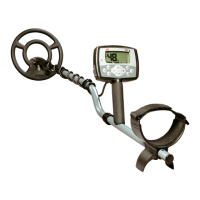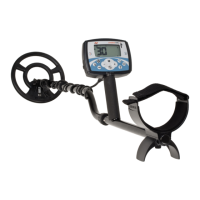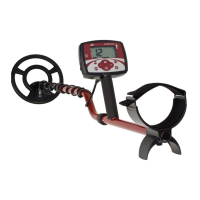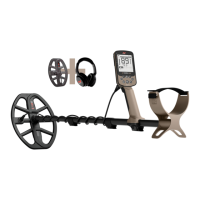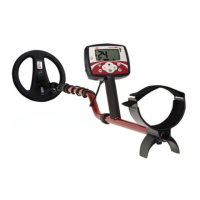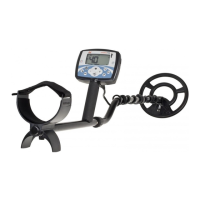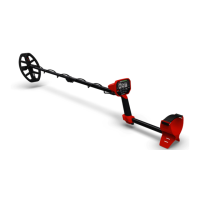Product Report:
NEW from Minelab X-Terra 305, 505 & 705
With contributions from Des Dunne, Minelab International Ltd and others
The X-TERRA’s Evolve, Compete and WIN..
Minelab metal detectors are as reliable and well-built as you’d
expect from such a veteran of the industry. What no one
expected, though, was that the innovation and air evident in
these three X-TERRA models showed up what was is sadly
lacking in competitors’ products.
The new X-TERRA range pulls off a very difcult thing, delivering
a complete makeover plus a signicant feature upgrade on all three
models.
For my part I like what I see, with new looks and universal icons. I’ve always been a big fan of
X-TERRA’s VFLEX technology and having travelled quite extensively for the past couple of years, I
couldn’t have felt more impressed and proud by the way so many people, in so many countries, put an
X-TERRA at the top of the list for their detecting requirements!
VFLEX EXPLAINED
VFLEX uses state of the art digital and mixed-signal components to enhance standard single frequency VLF
technology by replacing most of the analogue circuitry with digital signal processing. The small amount of analogue
circuitry still employed has been very carefully designed and calibrated to obtain the outstanding sensitivity, stability
and repeatability required to match the performance of the processing in the digital domain. This radical departure
from traditional approaches to metal detector design has been made possible by advances in electronics that power
personal digital devices such as mobile cell phones and tiny portable audio devices such as the new iPods.
What does VFLEX mean for the X-TERRA user?
For the X-TERRA owner, VFLEX’s precision means dependable performance and improved immunity to
environmental conditions, such as ground mineralization, electromagnetic interference and temperature variations.
VFLEX requires search coils (heads/loops) that are hand-built and calibrated to a very high standard. Each time the
detector powers up, a pair of micro-processors in the control box and search coil begin communicating to:
1. Identify the coil type conguration (concentric or double D)
2. Recognize the coil size
3. Determine the operating frequency in kHz of that coil.
4. Ensure the detector is calibrated perfectly for each coil which ensures optimised performance.
So, it is not the detector’s control box, but the actual search coil that controls the frequency chosen from a low to a high
kHz setting. The search coil will adjust the frequency for optimum performance. That’s one less thing to worry about!
